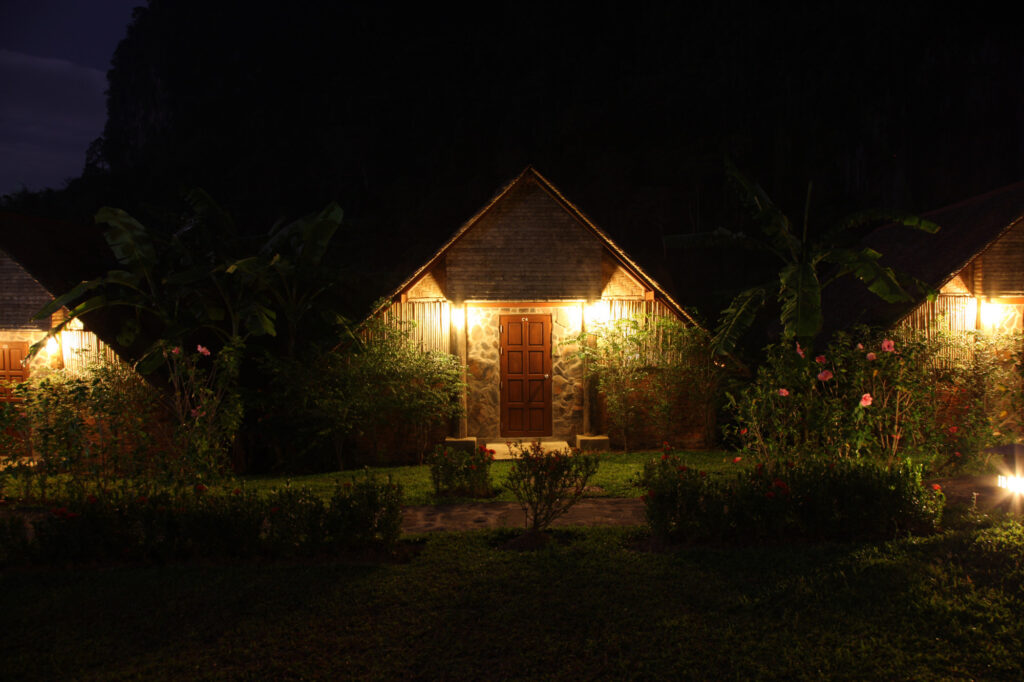When the day winds down and the world quiets, a different kind of garden wakes up. The air cools, fragrances deepen, and pale blooms glow like tiny lanterns. Night gardening isn’t just a twist on tradition, it’s an invitation to slow down, breathe deeply, and see your plants in a whole new way.
Why Night Gardening Works
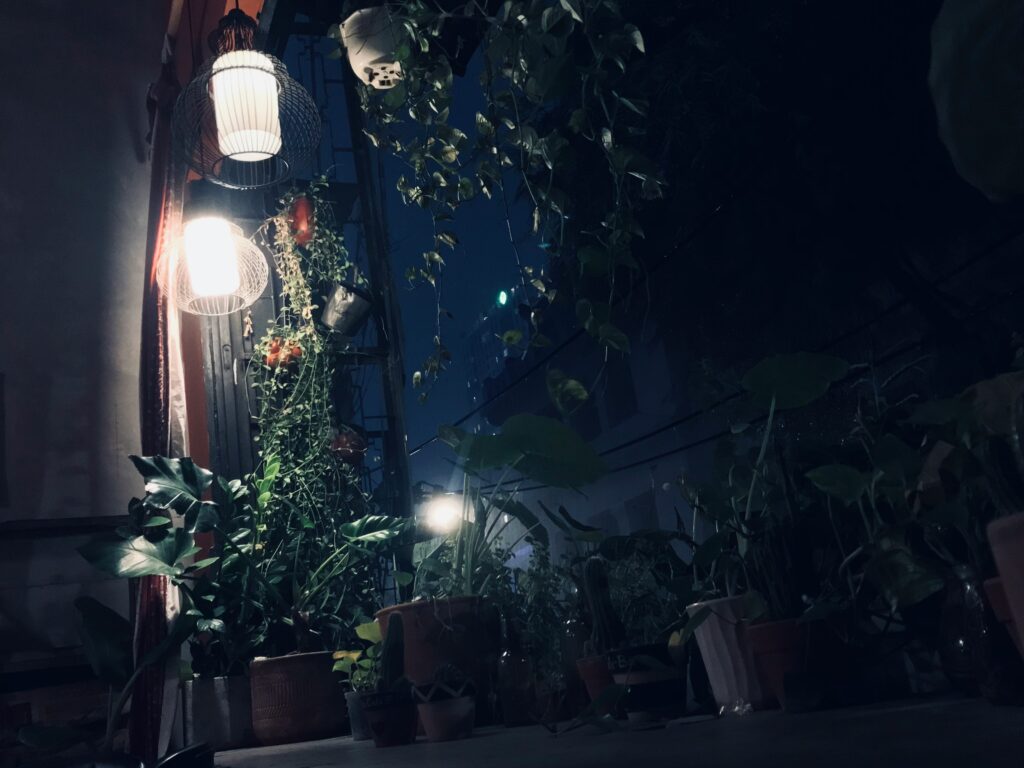
Not all blooms wait for the morning. Some open their petals and release their scent only after the sun slips away. These night-blooming stars add glow, fragrance, and mystery to your garden, perfect for creating a space that’s just as alive after dark as it is in the day.
Cooler conditions: Evening temperatures are easier on both you and your plants, especially in summer.
Efficient watering: Less sunlight means less evaporation, so the soil holds moisture longer.
Peace and focus: No buzzing lawnmowers, no delivery trucks, just you, your plants, and maybe a cricket or two.
Different wildlife: You’ll meet pollinators and visitors you’d never see in the daytime.
Night Gardening Plant Guide
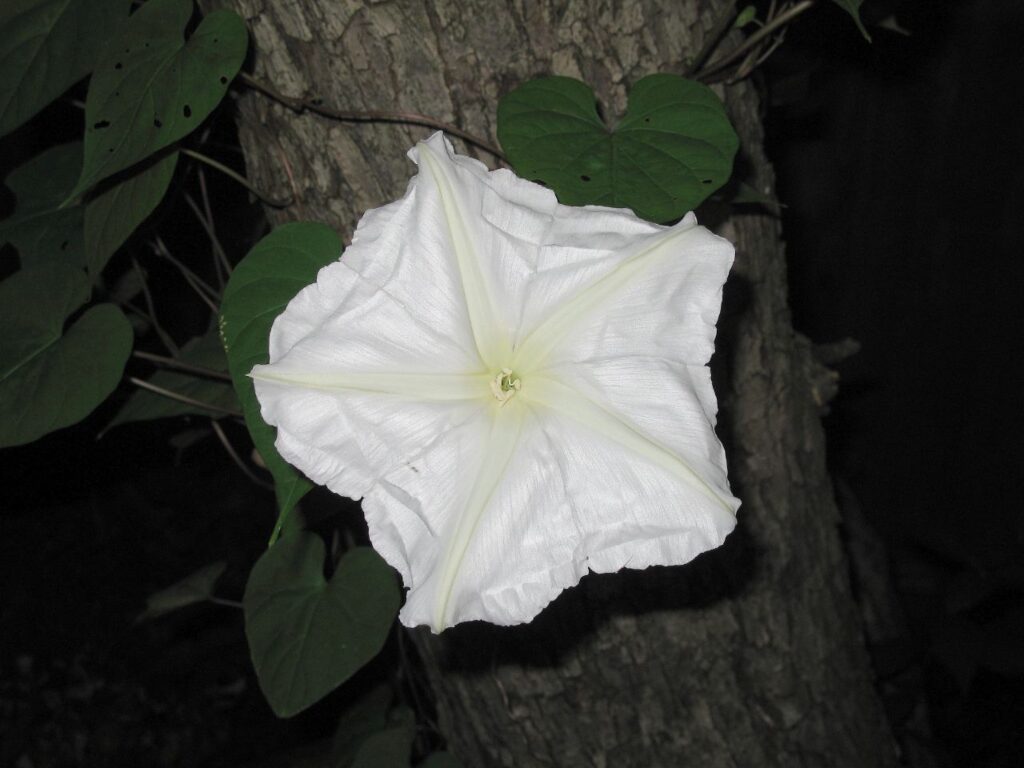
Moonflower (Ipomoea alba): Unfolds at dusk, glows until dawn. Dinner-plate-sized white blooms that shine in moonlight.
Evening Primrose (Oenothera biennis): Lemon-scented whispers in the dark. Opens rapidly at dusk, watching it is part of the magic.
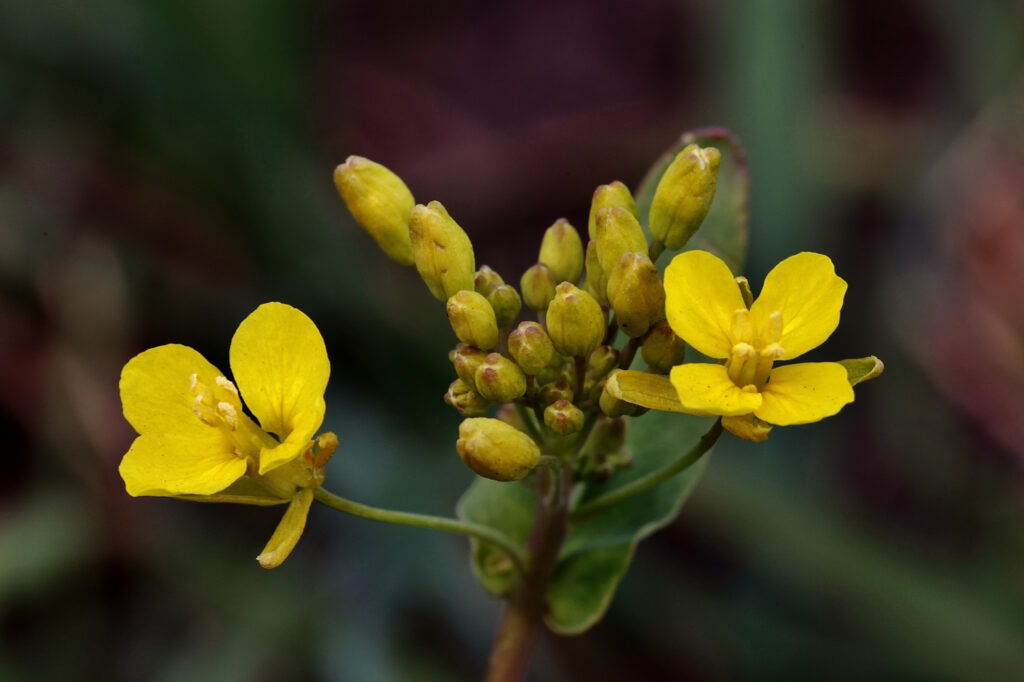
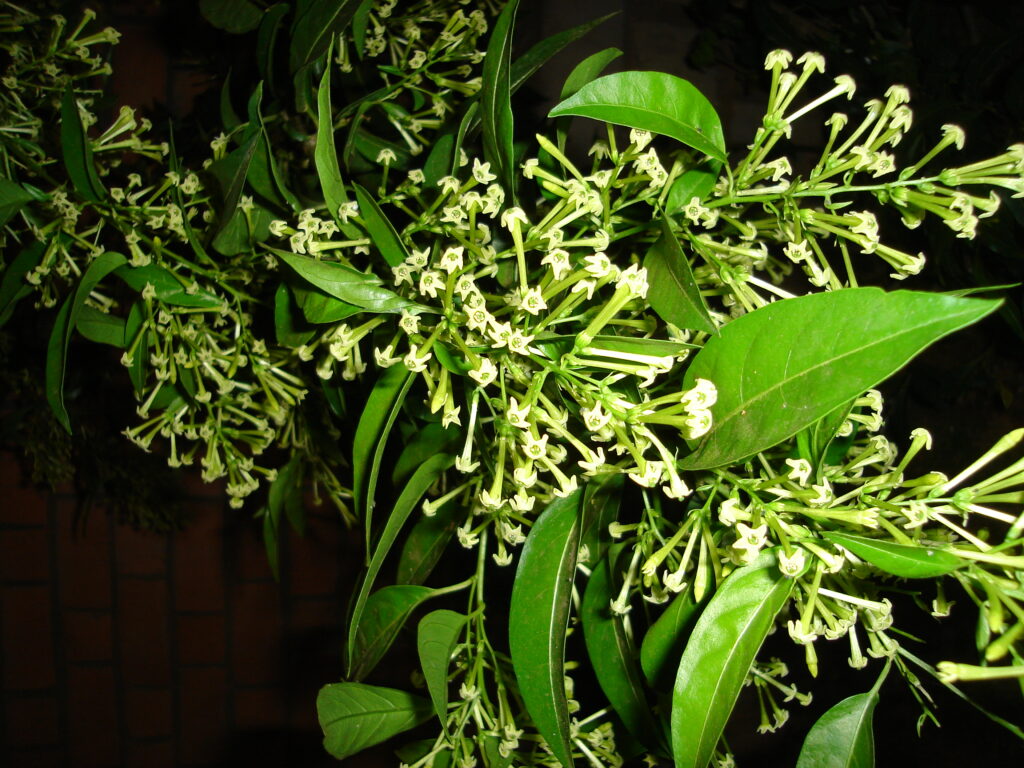
Night-Blooming Jasmine (Cestrum nocturnum): A fragrance that fills the night air. Small flowers, big perfume can scent an entire yard.
Four O’Clocks (Mirabilis jalapa): Colours that wake up when the sun goes down. Multicoloured blooms on the same plant, open late afternoon and last through the night.
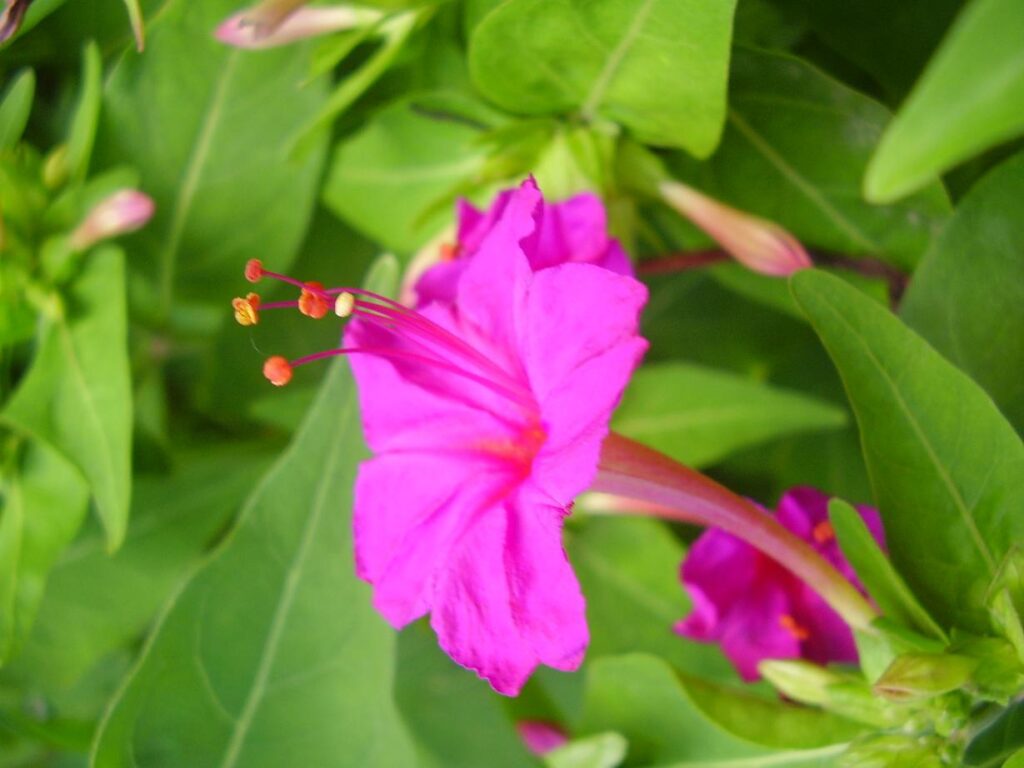
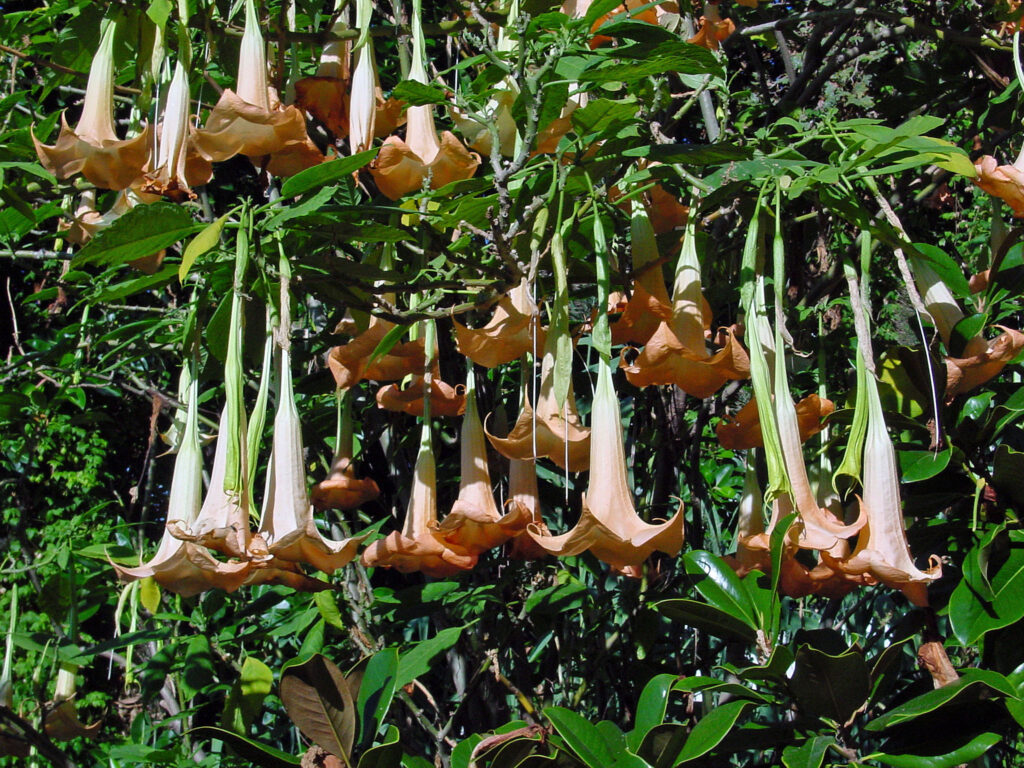
Angel’s Trumpet (Brugmansia): Trumpets in the twilight. Huge, pendulous blooms with a rich, sweet scent are dramatic both day and night.
Designing a Moonlit Garden
Think of your nighttime garden as a stage set under the moon.
- Light-colored blooms: White, cream, and pale pastels catch the moon’s glow.
- Silvery foliage: Plants like lamb’s ear, dusty miller, and artemisia shimmer softly.
- Reflective surfaces: Light gravel, pale stepping stones, or even glass mulch bounce light back into the garden.
- Layered scent: Mix strong nighttime fragrances with lighter notes so the air changes as you walk through.
Lighting and Safety
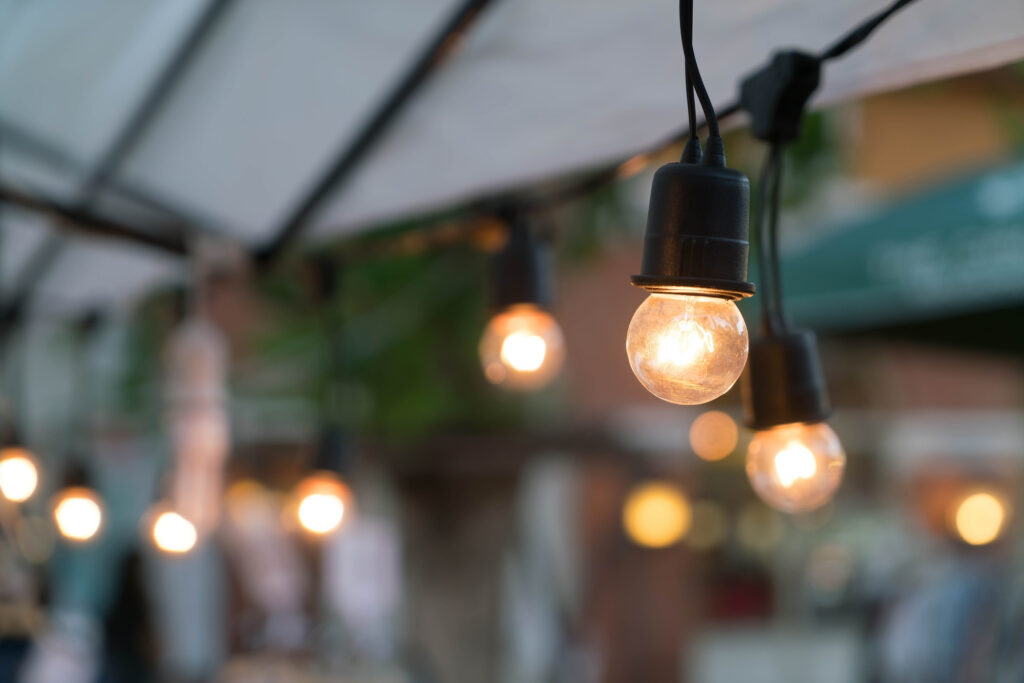
You want to see without losing the magic.
- Solar path lights for guiding steps without glare.
- Fairy lights woven through trellises or shrubs for sparkle.
- Warm-toned LEDs that don’t disrupt nocturnal pollinators.
- Avoid overly bright lights; they wash out the shadows that make night gardens feel mysterious.
Wildlife After Dark
One of the surprises of night gardening is how many creatures come alive after dark:
- Moths like the sphinx moth pollinate night-blooming flowers.
- Bats help control mosquitoes and other insects.
- Owls may pass silently overhead, hunting.
How to Start Night Gardening
- Pick your space: A corner of the yard, a patio planter, or even a balcony box.
- Choose 3–4 night-friendly plants from the guide above.
- Add subtle lighting for both safety and atmosphere.
- Visit regularly at different hours after dark; each time feels different.
Final Thought
Night gardening is less about tending and more about experiencing. It’s for listening to leaves rustle in the dark, for breathing in jasmine as the moon climbs, for remembering that beauty isn’t bound by daylight.
